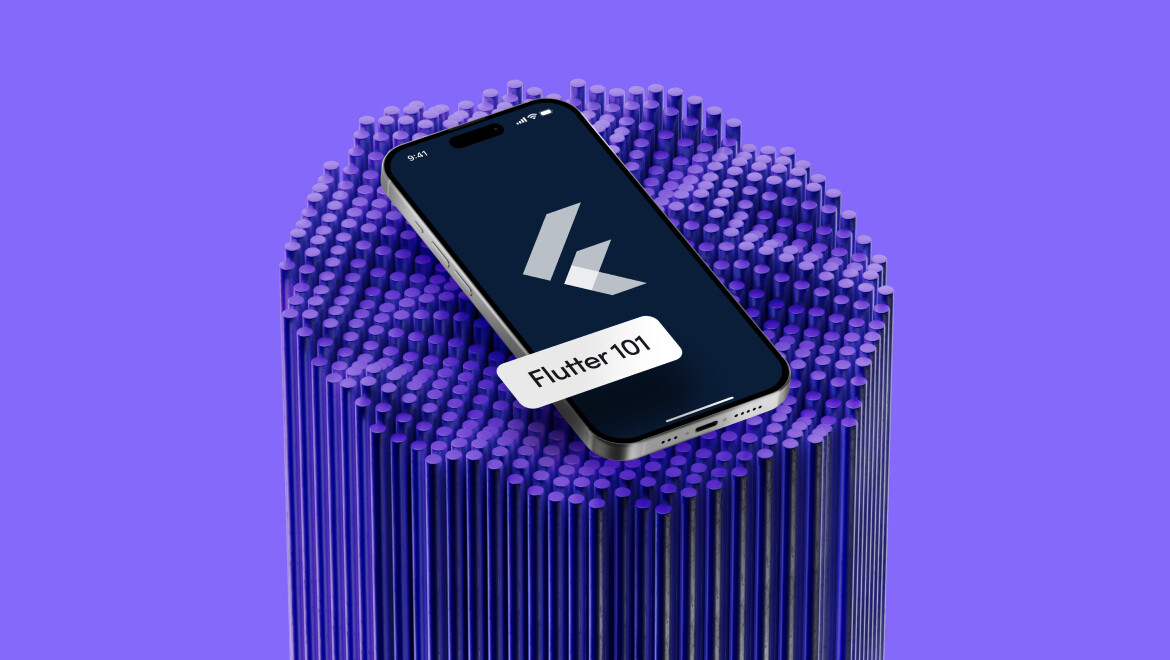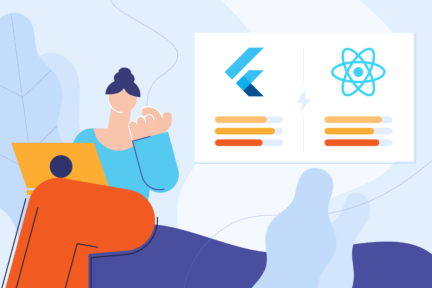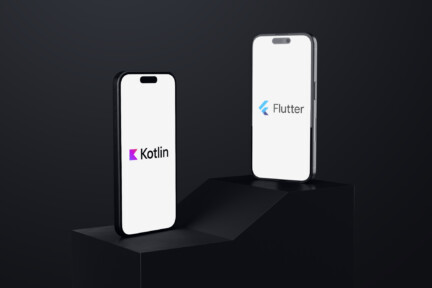- Home
- Flutter 101
- Asynchronous Programming in Flutter


Asynchronous Programming in Flutter
Asynchronous Programming in Flutter
Flutter Asynchronous Programming Explained
One of the benefits of Flutter is asynchronous programming. It allows developers to perform time-consuming tasks like network requests, file I/O, or database queries without blocking the main thread (UI thread). This ensures that the app remains responsive to user input while background tasks complete. In Flutter, Dart’s async and await keywords, along with Future and Stream, are core components of asynchronous programming.
How Asynchronous Programming Works in Flutter
Asynchronous programming is essential when dealing with tasks that take an unknown amount of time to complete. For example, fetching data from an API may take a few seconds, but you don’t want your app to freeze during this time. Instead of waiting for the response, the app can continue to operate, allowing users to interact with it.
- Future: Represents a value or error that will be available in the future. When you call an asynchronous function, it returns a Future, which will eventually resolve to a result or an error.
- async and await: These keywords simplify the handling of asynchronous operations. The async keyword marks a function as asynchronous, and await pauses the execution of the function until the Future completes.
- Stream: This allows you to work with a series of asynchronous data, where multiple values are returned over time, like reading real-time data from a web service.
Practical Applications
- Networking: Asynchronous programming is frequently used when fetching data from APIs or services in Flutter apps. For example, loading weather information or user data asynchronously ensures that the UI remains smooth and responsive.
- File Operations: When reading or writing large files, asynchronous programming prevents the app from freezing during file handling tasks.
- Database Access: Accessing a database like SQLite is another scenario where asynchronous programming shines, as querying large datasets can be slow.
Benefits of Asynchronous Programming in Flutter
- Improved Performance: Since heavy tasks are run in the background, the main thread (responsible for rendering the UI) is free to handle user interactions, resulting in a smoother experience. This is crucial for maintaining Flutter app performance.
- Efficient Resource Utilization: Flutter apps can handle tasks concurrently, optimizing CPU and memory usage.
Asynchronous programming is a cornerstone of modern app development in Flutter, enabling apps to remain interactive and efficient, especially when dealing with real-world tasks like data fetching and file processing. If you’re considering building a high-performing, scalable app, it’s worth exploring Flutter development services for professional support in implementing efficient asynchronous operations.
Ready to discover more terms?






